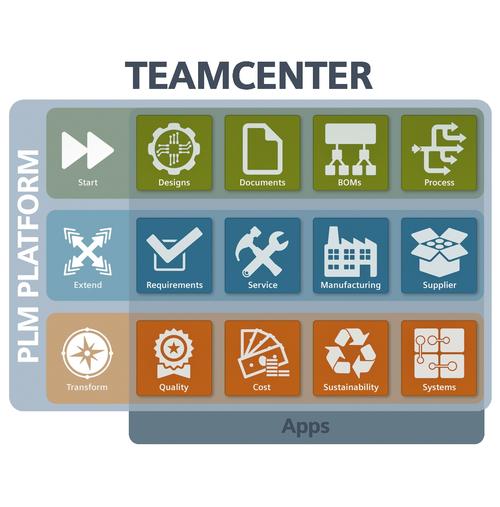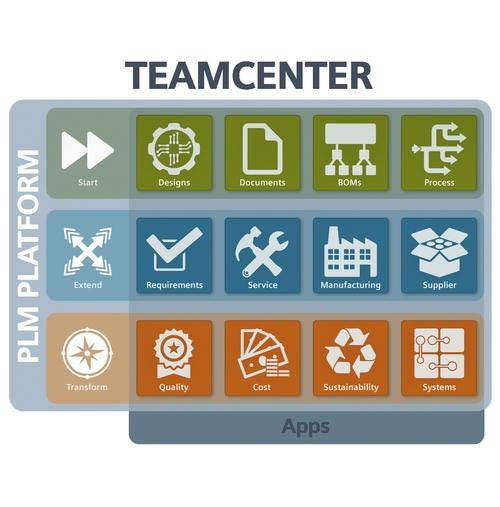March 11, 2015

Computer-aided design (CAD) tools in recent years have given design engineers the crucial capability to develop solid geometric models of parts and assemblies and share them among engineering teams.
However, product design teams face growing challenges in the complex web of R&D and manufacturing operations wrapped around today's business environment. CAD models and other product data now need to be portable and shareable outside of the engineering department and within the larger product lifecycle management (PLM) process of a manufacturing organization. PLM, of course, is increasingly being used to manage products from conception and design, through manufacturing and distribution, all the way through maintenance, service, and ultimate disposal or recycling.

"Obviously, CAD is a critical part of the product development lifecycle," said Diego Tamburini, speaking with Design News. Tamburini leads manufacturing industry strategy at San Rafael, Calif.-based software firm Autodesk. "But it is also a component of a larger workflow we call 'digital manufacturing.'"
MORE FROM DESIGN NEWS: CAD Systems Keep Up with Increasingly Changing Design Workflows
That larger workflow extends far outside of the design and engineering department, where CAD modeling takes place. It involves the extended supply chain, where the efforts of multiple suppliers and partners require access to the CAD-based product data across the lifetime of the product. In a way, said Tamburini, "PLM is basically product data management for everyone outside of the engineering department -- even the finance people, the marketing folks, and the procurement end of the enterprise."
MORE FROM DESIGN NEWS: CAD Moves to the Start of Design
Consider the example of Shanghai Huizhong, a subsidiary of Chinese automaker SAIC Motor. Shanghai Huizhong manufactures chassis systems and operates through a geographically distributed organization and set of production facilities. To bring it all together, the manufacturer uses Siemens Teamcenter, an integrated set of PLM and collaboration tools. Teamcenter includes a product data management (PDM) system that integrates and centralizes CAD data from all sources and automates engineering processes, such as changes, validations, and approvals. Digital mockups make design changes visible in real time.Integrating R&D capabilities through such a platform has allowed the Chinese company to standardize its design, manufacturing, and business processes across the enterprise. According to PLM project leader Xiong Bin, this platform has enabled the company to meet various objectives:
"First, we wanted to unify specifications, standards and management of distributed data. Second, we aimed to standardize various processes. Third, we needed to enable information sharing and knowledge management among design, process, and management personnel. Finally, we aimed to establish a comprehensive, independent R&D system."
Al Bredenberg is a writer, analyst, consultant, and communicator. He writes about technology, design, innovation, management, and sustainable business, and specializes in investigating and explaining complex topics. He holds a master's degree in organization and management from Antioch University New England. He has served as an editor for print and online content and currently serves as senior analyst at the Institute for Innovation in Large Organizations.
About the Author(s)
You May Also Like





